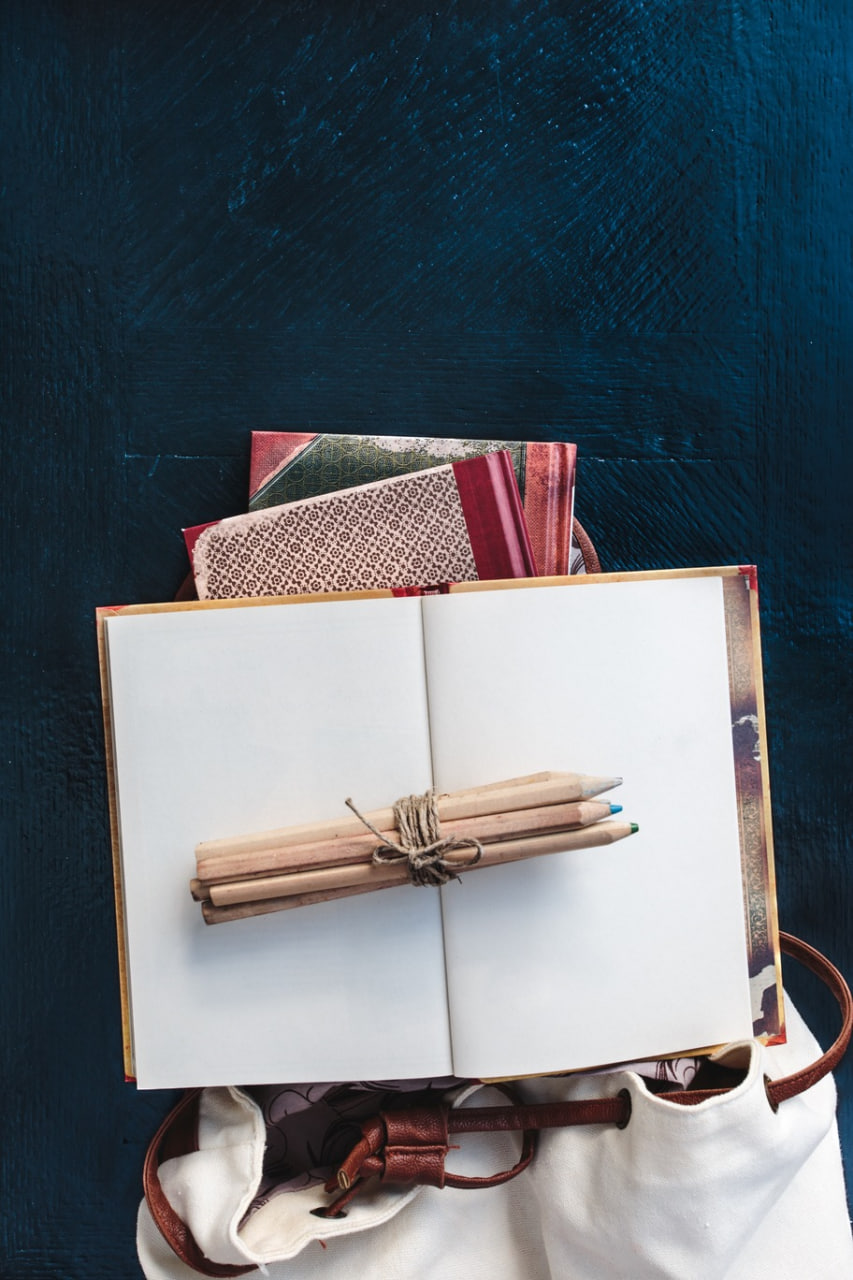Monday to Saturday - 8:00 -17:30

Handmade bookbinding is a craft that blends functionality with creativity. Whether you’re creating a sketchbook, journal, or personalized notebook, learning to bind your own books allows you to take full control over how they look, feel, and function. Best of all, you don’t need expensive materials or prior experience to begin.
If you’re just getting started, here are five beginner-friendly bookbinding techniques that offer different styles, strengths, and uses. Each one is accessible, rewarding, and adaptable to your own creative ideas.
1. Pamphlet Stitch Binding
Overview:
The pamphlet stitch is one of the simplest and most practical methods of binding a small book or zine. It’s ideal for short journals or notebooks with fewer pages.
What You’ll Need:
- A stack of folded pages (called a signature)
- A thicker sheet for the cover
- An awl or sharp needle
- Waxed thread and a needle
How It Works:
You create three evenly spaced holes along the spine fold and pass the thread through in a specific pattern to secure the pages. The result is a clean, flexible book that opens easily and lies fairly flat.
Best For:
Short journals, event programs, sketch pads, or handmade zines. It’s a quick and efficient technique with a polished look.
2. Japanese Stab Binding
Overview:
This visually striking method binds the pages together by stitching along the outer edge, rather than through a folded spine. The stitches form beautiful geometric patterns, making this both a binding method and a decorative feature.
What You’ll Need:
- Loose single sheets
- Cover sheets (often made from decorative or textured paper)
- Awl
- Thread and needle
How It Works:
You punch holes near the spine edge of the stack and sew a pattern (such as four-hole, tortoise shell, or hemp leaf). This technique does not allow the book to lie completely flat but offers strong binding and a unique appearance.
Best For:
Guest books, photo albums, memory books, or any project where aesthetics are as important as function.
3. Accordion Fold Binding
Overview:
This no-sew technique is perfect for artists or anyone who wants a book with dynamic, unfolding pages. An accordion book consists of a single long strip of paper folded in a zigzag pattern, with or without separate covers.
What You’ll Need:
- Long sheet of paper or several joined pieces
- Two stiff covers
- Glue (optional, for attaching covers)
How It Works:
The paper is folded back and forth like an accordion. You can glue the end panels to covers or leave it as-is for a more fluid, sculptural form.
Best For:
Art books, storytelling projects, portfolio presentations, or creative journals with sequential visual layouts.
4. Folded Signature Binding (Saddle Stitch)
Overview:
This technique involves folding sheets of paper in half and nesting them inside each other to form signatures. These are then stitched or stapled through the fold.
What You’ll Need:
- Several folded sheets
- Awl or needle
- Thread or staples
- Cover material
How It Works:
Each group of folded pages (signature) is sewn along the center fold. Multiple signatures can be sewn together to form a thicker book, or a single signature can serve as a complete notebook.
Best For:
Personal notebooks, planners, small sketchbooks, or student journals. It’s a versatile, classic binding method with a handmade touch.
5. Coptic Stitch Binding
Overview:
Coptic binding is an exposed-spine method developed by early Christians in Egypt. It allows your journal to open completely flat, making it perfect for artists and writers who need full access to every inch of the page.
What You’ll Need:
- Several folded signatures
- Two stiff covers
- Awl
- Needle and strong thread
How It Works:
Each signature is sewn individually to the covers and linked to the others in a chain-like stitch across the spine. This style creates a beautiful open-weave look that’s both decorative and practical.
Best For:
Art journals, notebooks that need to lay flat, or creative handmade gifts. Though it requires a bit more patience, the payoff is worth it.
